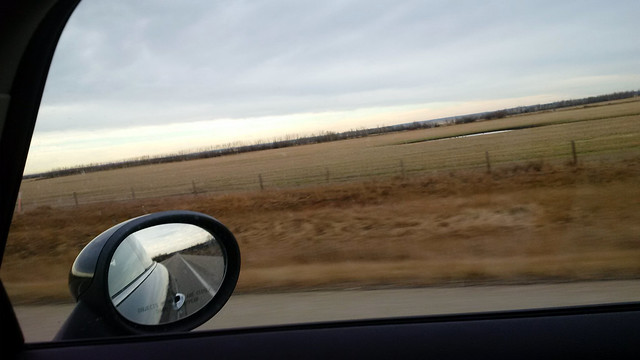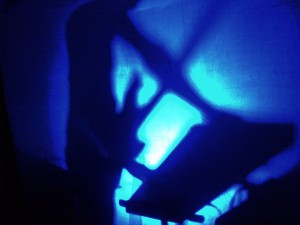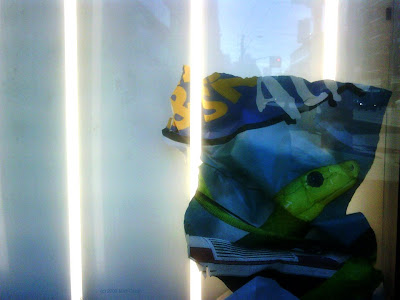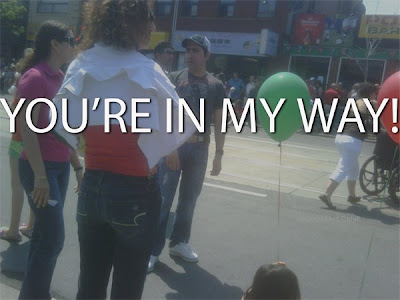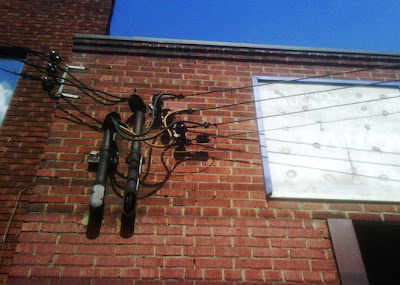About a month ago, while I was attempting to respond to an email at work, I saw the LED notifier go red on my BlackBerry Key2–never a good sign–then watched the display switch off. I tried everything, but I’d been preparing for this day, and sure enough, when this workhorse of a smartphone wasn’t able to move past the boot screen without crashing, that day had finally come: it was dead. Not only that, but, more importantly to me, this would be the last BlackBerry I would likely ever use.
Since stepping into the smartphone world in 2008 with my purchase of a BlackBerry Bold 9000, I have used nothing but BlackBerry phones. I loved the physical keyboard and the infinite customizability of its other unique feature, the aforementioned LED notifier in the top right corner of the screen. And yes, from a more workplace-oriented perspective, the BlackBerry email server was like a secret fucking weapon–you got your emails the very moment they left the the sender’s fingertips. Working in film/TV postproduction, where getting a hundred emails a day was not rare, this was like a stock market investor being able to get ticker results before anyone else. I was dialled in, in a way that was perfect for me and my work/lifestyle. And it did everything that the iPhone did (or least that I cared about). I had never felt jealousy about iPhones, no matter how shiny or aesthetically primped the model. They were other people’s phones; phones that had nice aesthetics and a solid OS, but with standard accessories, like charging cables, that fall apart after a year due to cheap manufacturing.
And yet being a BlackBerry devotee was not an easy alliance, not least because of the strategic missteps that the parent company, then called Research In Motion, made in its effort to stem marketshare bleed to its biggest smartphone competitor, Apple, and their omnipresent iPhone. I remember, before purchasing my Bold, seeing the iPhone display in the Rogers store and how it had a working display that you could pick up and experience first-hand; by comparison, I literally had to ask the salesperson if I could look at his Bold [/snare drum/] just to see how it worked. Then there was the disastrous roll-out of the BlackBerry Storm, their first without their signature physical keyboard. It was a dog. Side note: I’ve had people come up to me over the years when they saw my BB, hearts swelling, sharing stories of their own relationship with this phone (at least one person bought me drinks based on this alone); however, recently in Mexico, a server who was reminiscing about using a BB also shared their heartbreak over their subsequent experience with the Storm. It was that bad, and it severed many BB relationships and ceded marketshare to Apple for obvious reasons. I’m not going to get into the story of BlackBerry, the company. It’s pretty heart-breaking, considering they were a made-in-Canada tech behemoth. The movie is great fun though, even if it’s not exactly the most complete telling of the BlackBerry story.
Truth is, I had a close relationship to this thing. It did what I needed it to do, in a way that allowed me to have just a little more tactility in a tool. Of course, with practically all smartphones being interchangeable glass plates of various dimensions, having the physical keyboard seemed even more rare and precious. It also became kind of frustrating. Since it was an Android phone I was able to use practically any popular app. Here I was with a Key2 manufactured in 2018 in 2025 without any major change in speed or interoperability with each new app update. But the Android operating version itself was fixed to the BIOS on the hardware of the phone itself, and thus it couldn’t be upgraded past a certain version number (this may not be entirely exact, but the gist is correct). Apps I relied upon became less and less reliable or didn’t run at all after a random update. I saw the end coming earlier this year and began to do some serious research for an eventual replacement. It was gross, like when you see a friend’s pictures of their old dog being introduced to the new puppy that’s going to replace it when its dead, and an unnecessary puppy at that.
2008 – 2025. Not a bad run.

I’m adapting to my first glass plate (official term: “slate”) phone, a Samsung S24 FE. There is no way, in case you’re curious, I would get another BlackBerry only to have to go through the same thing again; plus, being a very exclusive niche, they’re too expensive on the second-hand market.
It’s been a lot. I’ve had moments of frustration that I now realize are either me re-learning a familiar-but-modern operating system, or borne out of the genuine loss I feel for that familiar embodied interface. That most personal of tools. I’d describe the process of migrating to Samsung (which also uses Android) as like when I migrated from Linux to Apple, conceding at the time that I needed to stick with industry standards (see: film/TV). I went from having something I could tweak to my heart’s content to something that was a two-dimensional version of that…only way more convenient because of this very same fact. It was easy to use and I didn’t have to think about what was going on in the background. Fifteen years later, I’m typing this on a MacBook Pro, in case you’re wondering what the verdict was. I will say, I truly dislike the anonymity of the slate form factor, though I will concede that the “keyboard” is sufficiently responsive to the speed of my typing (and less pressing means less finger exhaustion).
It’s more than conceivable that there could be another keyboard-based phone in the style of BlackBerry released in the future–Gen Z is apparently a fan, which shows their good taste–it just wouldn’t have that name anymore (BlackBerry makes operating systems for cars now). Whether I would go back, however, is a question I don’t think I’ll be considering any time soon.


